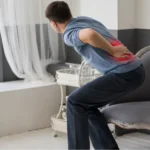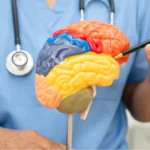Imagine you are walking through your favorite park, enjoying a beautiful day outdoors, but suddenly, you feel a sharp pain in your lower back accompanied by weakness in both legs. sharp pain in your lower back that is accompanied by weakness in both legs. and that does not allow you to continue. This situation is common for many people who live with canal stenosisA condition that tends to appear as we get older. Canal stenosis occurs when the space in the spinal canal narrows, putting pressure on the nerves, which can cause pain, weakness or numbness in the legs.
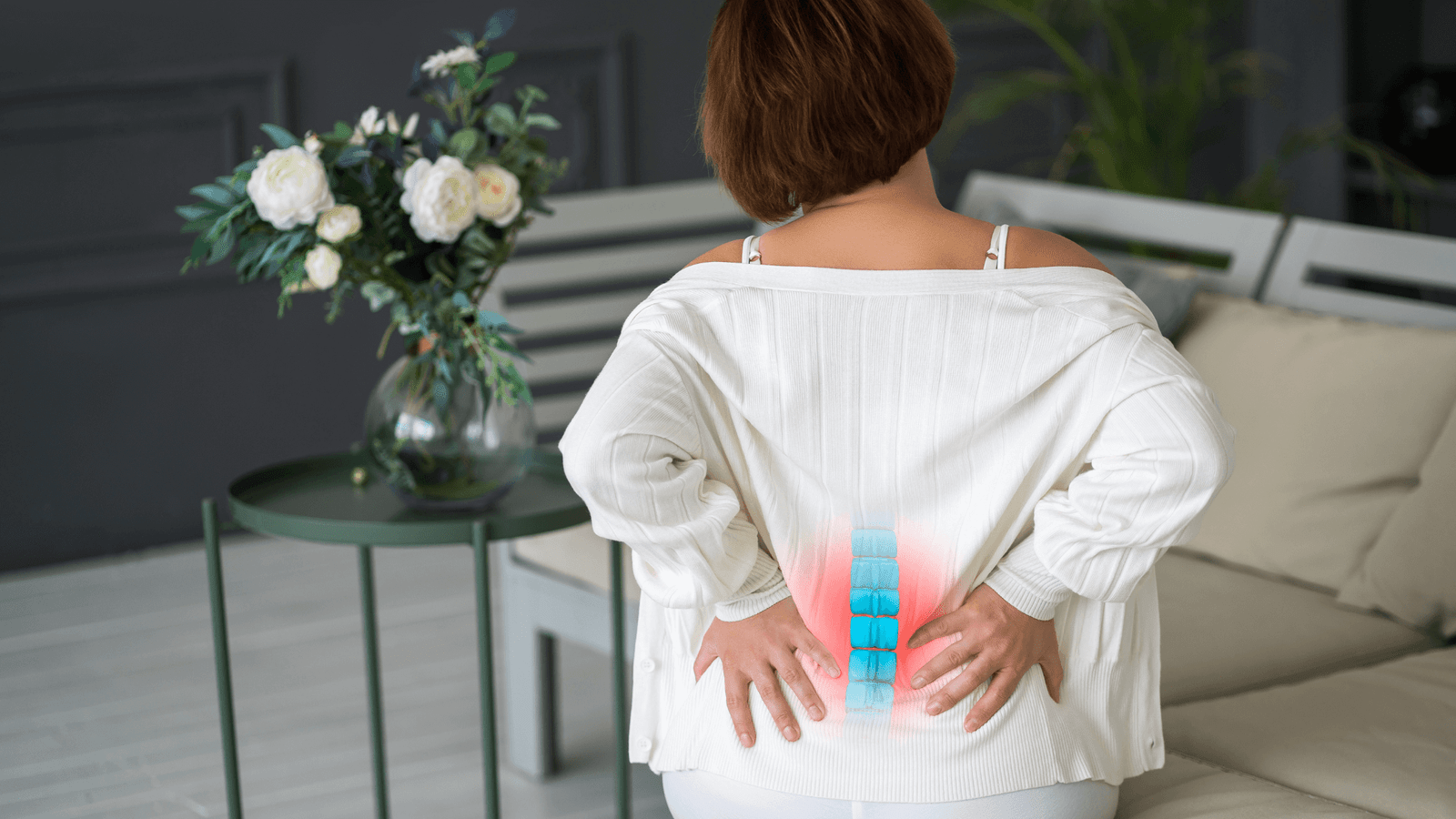
What is canal stenosis?
Canal stenosis, often referred to as lumbar canal stenosis when it affects the lower back, is the narrowing of the spaces within the spinal column. As the canal narrows, nerves that normally move freely become compressed, causing significant discomfort. This narrowing can result from a number of factors, including the natural wear and tear of the spine, conditions such as osteoarthritis, arthritis or secondary to injury..
The spinal canal acts as a tunnel that protects the spinal cord and nerves, and when this tunnel narrows, it can result in significant pressure on these nerves. Although the canal stenosis can occur in any part of the spine, it is most common in the lumbar and cervical most common in the lumbar and cervical region.
Common causes of canal stenosis
Understanding the causes of canal stenosis can help you make informed decisions about your health and well-being. Among the most common causes are:
- Aging, arthritic wear and tear
As we age, our bodies undergo natural changes that can have an impact on the health of our spine. The wear and tear on the joints caused by the passage of time can be reflected in the tissues of the spine. spine thicken and cause bones and ligaments to grow larger than they should, a process known as bone and ligament hypertrophy.. This overgrowth can lead to narrowing the spinal canal, putting pressure on the nerves and causing uncomfortable symptoms such as pain and numbness.putting pressure on the nerves and causing uncomfortable symptoms such as pain and numbness.
- Herniated disc.
A herniated disc occurs when the discs that act as shock absorbers between the vertebrae are displaced from their original position. As the disc makes an imprint in the spinal canal, it contributes to the development of stenosis, as well as involvement of the nerves that pass through the spinal canal.
- Injuries.
Traumatic injuries, such as those caused by automobile accidents or falls, can have a significant impact on the spine. A direct blow or severe damage to the spine can lead to dislocation of the vertebrae or cause fractures (acute or chronic) that narrow the spinal canal. It is critical to seek immediate medical attention after any major injury to prevent long-term complications.
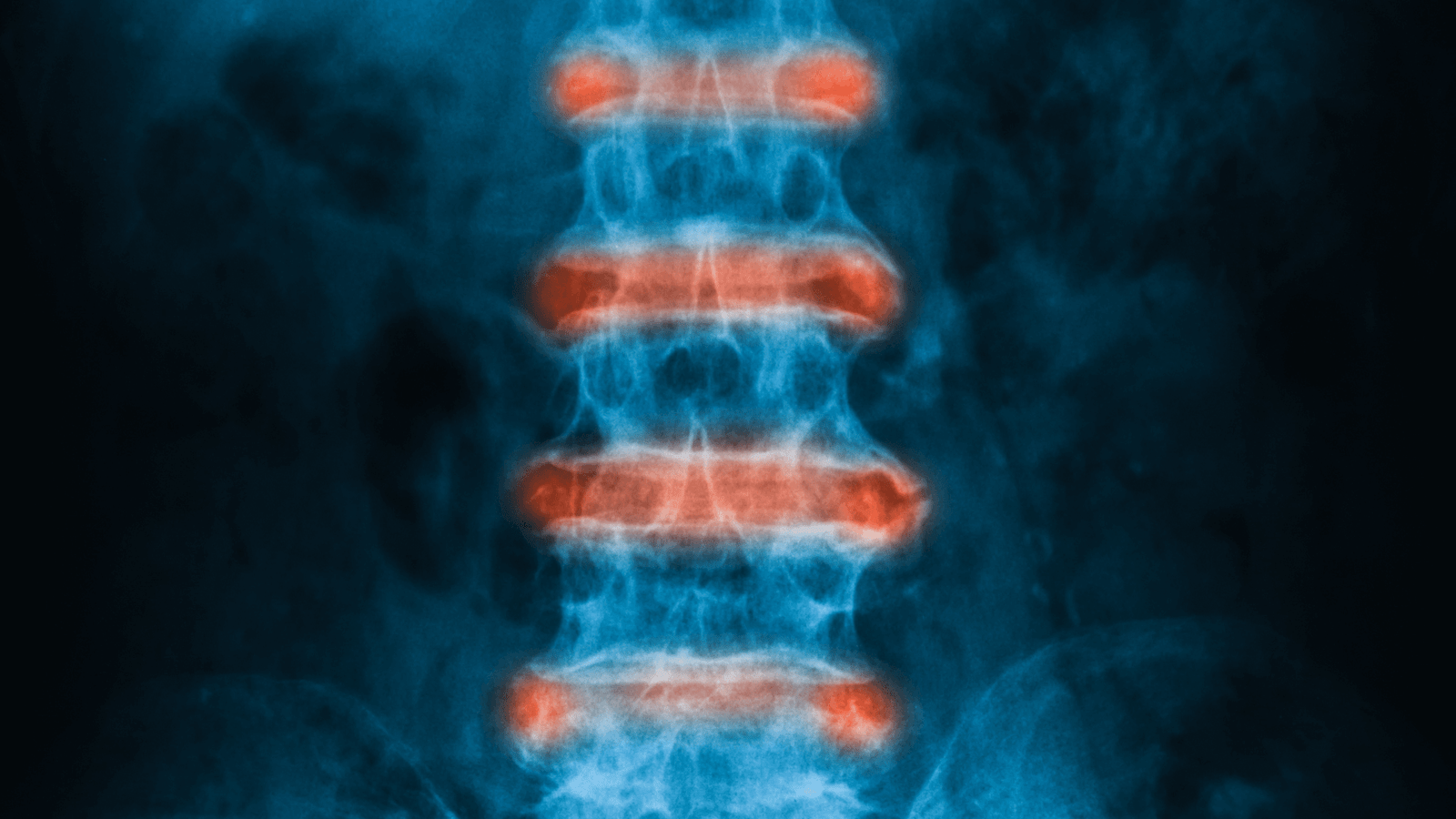
Diagnostic methods
Diagnosing lumbar canal stenosis is a process that requires a detailed evaluation by a spine specialist. This process is crucial to identify the cause of the back pain and find the appropriate treatment.
Physical examination: the first step in diagnosis
The first step in diagnosing canal stenosis is a thorough physical examination. During this evaluation, the specialist will analyze:
- Reflectionsreflexes are evaluated for any loss that may indicate nerve compression. A diminished reflex may be a sign that the spinal canal is narrowed.
- Muscular strengthMuscle strength is tested to identify weaknesses that may be related to pressure on the nerves. Weakness in the extremities may be an indication of lumbar stenosis.
- TendernessNumbness: The health care provider will look for areas of numbness or decreased sensation, which are common symptoms when there is pressure on the spinal cord or nerves.
Imaging tests: confirmation of diagnosis
To confirm the diagnosis diagnosis of canal stenosis and to obtain a clear picture of the situation, imaging tests are used, which are essential to understand the extent of the disease and to plan the appropriate treatment. Undoubtedly, the star test today for diagnosing this condition is the Magnetic Resonance Imaging (MRI), fundamental for visualizing soft tissues, intervertebral discs and nerves in great detail. It is the most effective test for diagnosing problems related to the narrowing of the spinal canal.
Also, sometimes it is necessary to perform other types of explorations, such as:
- Computed tomography (CT): . This test is especially useful for observing bone structures and detecting abnormalities.
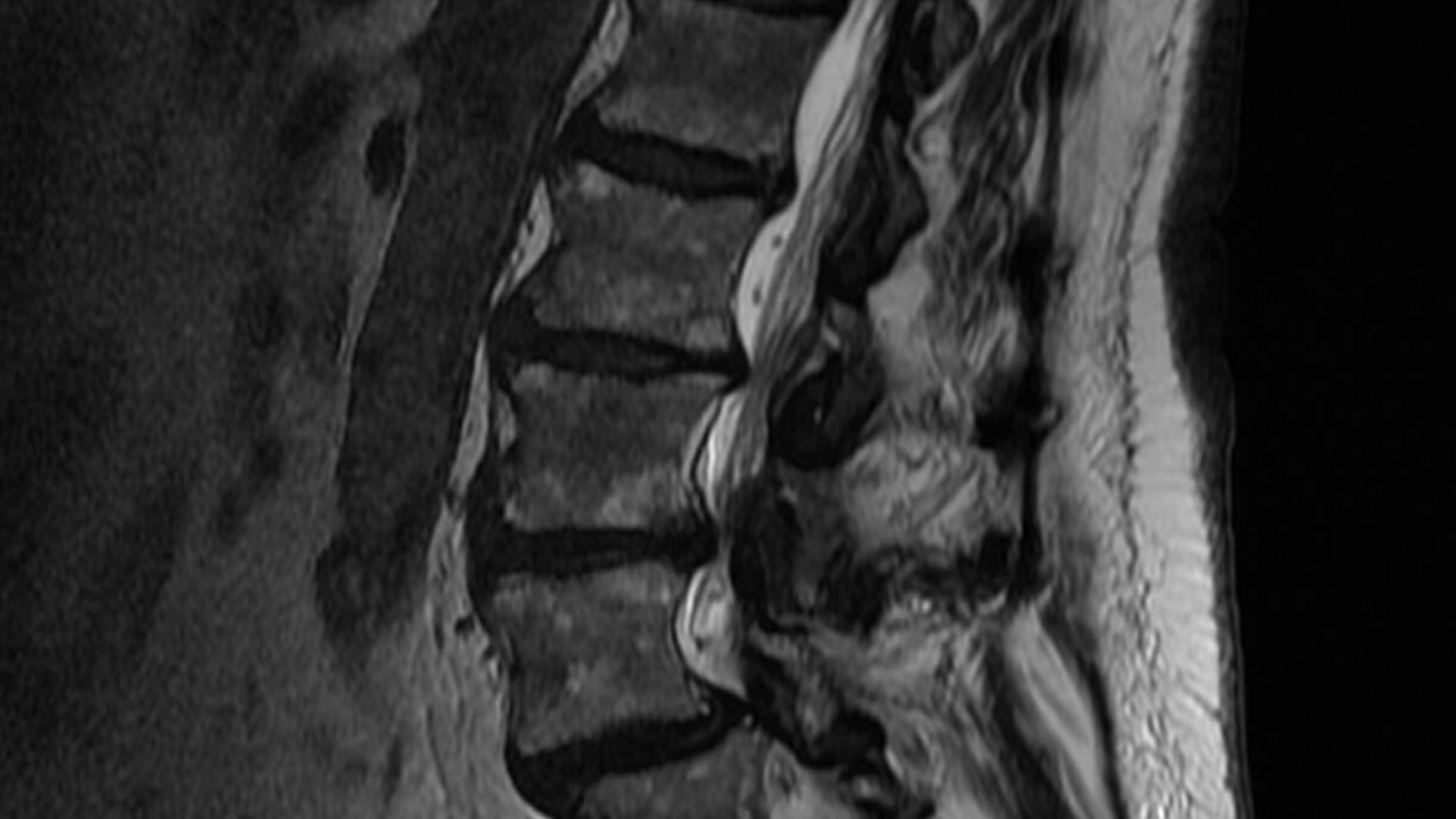
Common symptoms of canal stenosis
Symptoms of canal stenosis can vary depending on the location and severity of the nerve compression. Common symptoms include:
- Low back or neck pain.pain may be constant or intermittent and is often worse with activities that involve standing or walking.
- Pain that radiates to the extremitiesalso known as sciatica when it affects the lower back and legs, or cervicobrachialgia, when the pain radiates from the neck to the arm(s). This type of pain is caused by pressure on the nerves that extend from the spine.
- Numbness or tingling sensations in the extremities.These sensations may occur in the arms, hands, legs or feet, and are usually an indication that nerves are being compressed.
- Muscle weaknessNerve compression can lead to weakness in the muscles of the extremities, which can make everyday activities such as lifting or walking difficult.
- Balance and coordination problemsPeople with canal stenosis may experience difficulty maintaining balance, which increases the risk of falls.
- Difficulty walking or standing for long periods of timepain and weakness may make it difficult to walk long distances or stand for long periods of time without significant discomfort.
Knowing these symptoms is critical to recognizing when it is necessary to seek medical attention. If you experience any of these signs, especially if they worsen over time, it’s important to consult a neurosurgeon. An early and accurate diagnosis can make a difference in the effectiveness of treatment and in improving your quality of life.
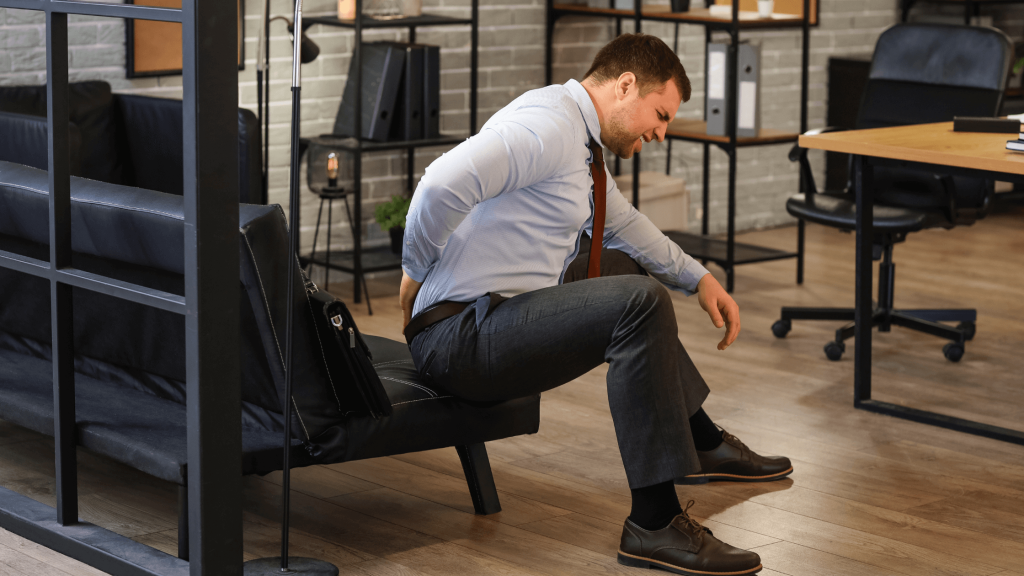
Warning signs that indicate the need for medical attention.
If you experience any of the following symptoms, it is important to seek medical attention immediately:
- Chronic pain: if you feel pain in your lower back or neck that radiates to extremities and persists despite rest, or if the pain worsens over time, it could be a sign of advanced stenosis. This type of chronic pain may indicate that the nerves are being pressured, requiring urgent medical evaluation.
- Incontinenceloss of bladder or bowel control is an alarming sign that may be related to cauda equina syndrome. cauda equina syndromesyndrome, a severe complication of canal stenosis.. This symptom is critical and should be evaluated immediately to prevent irreversible damage.
- Mobility problemsSevere difficulty walking, balance, or weakness in the legs may be an indication of severe nerve compression. severe nerve compression caused by canal stenosis. These mobility problems require prompt medical evaluation to prevent progression of symptoms.
In summary, the canal stenosis is a condition that can significantly impair quality of life if not properly treated. However, with an accurate diagnosis and a personalized treatment plan, it is possible to manage symptoms and improve mobility. The new treatments for canal stenosisespecially minimally invasive minimally invasive surgeryoffer less intrusive and more effective options for patients.
Schedule your appointment
If you suspect you may have canal stenosis or if you are experiencing persistent back painIf you have a pain that radiates to the arms and/or legs, don’t wait any longer to seek professional help. The Dr. Andres Munoz, a neurosurgeon specializing in minimally invasive spine surgery, is here to offer you an accurate diagnosis and personalized treatment.is here to offer you an accurate diagnosis and personalized treatment.
For more information or to schedule a consultation, visit our website or call us directly.


